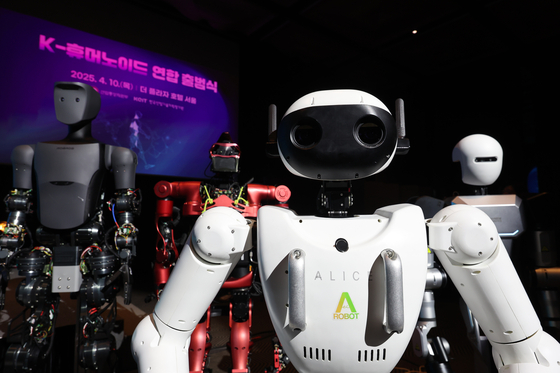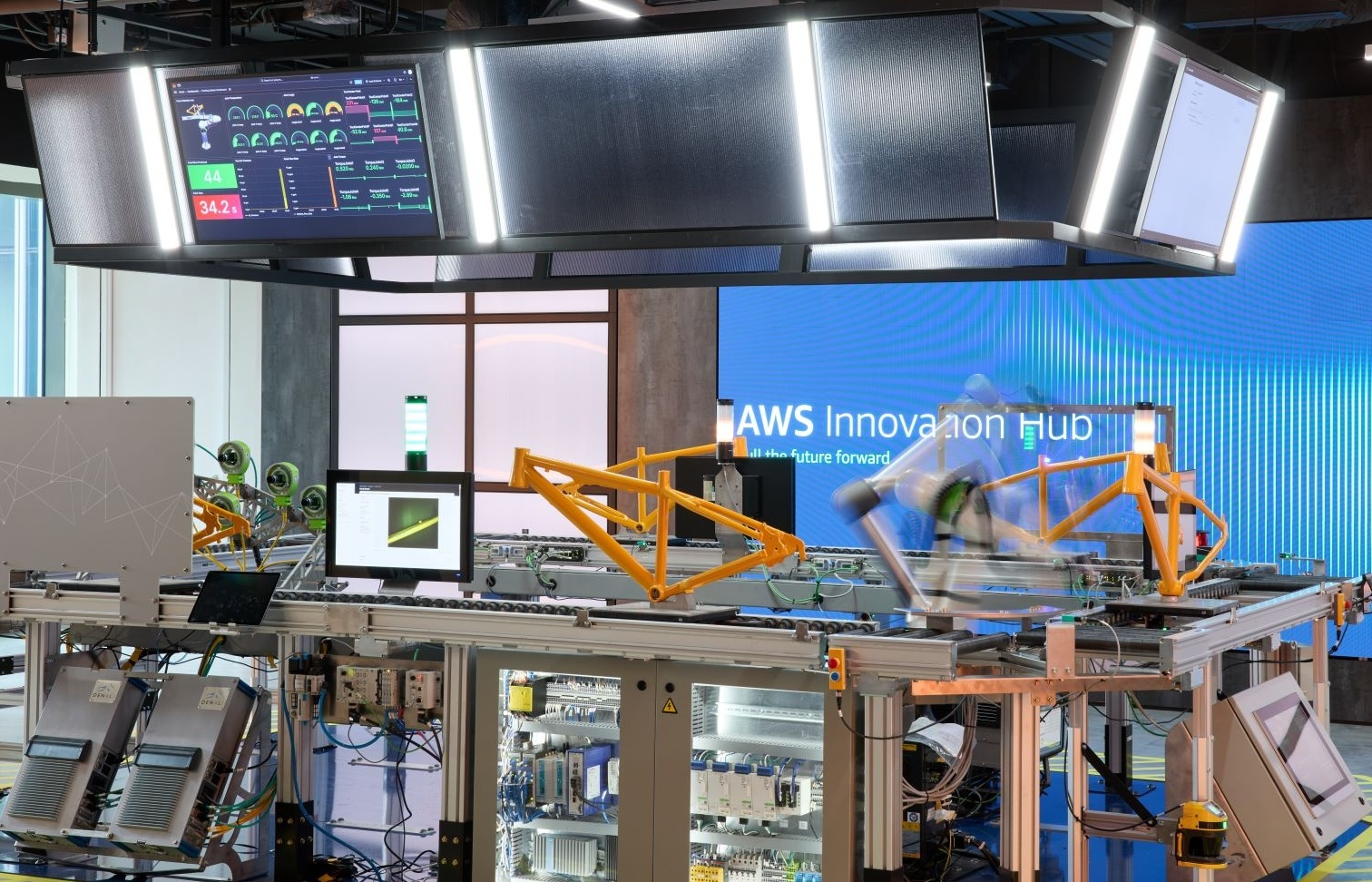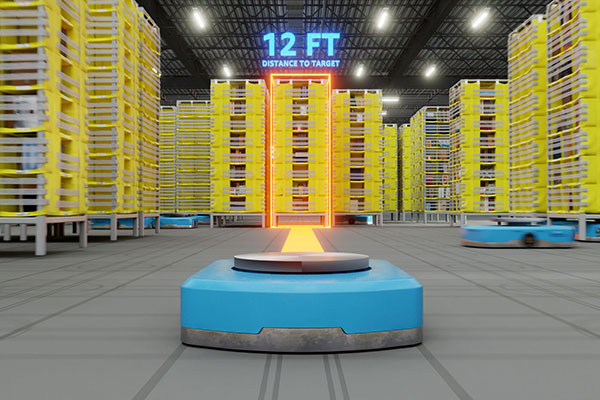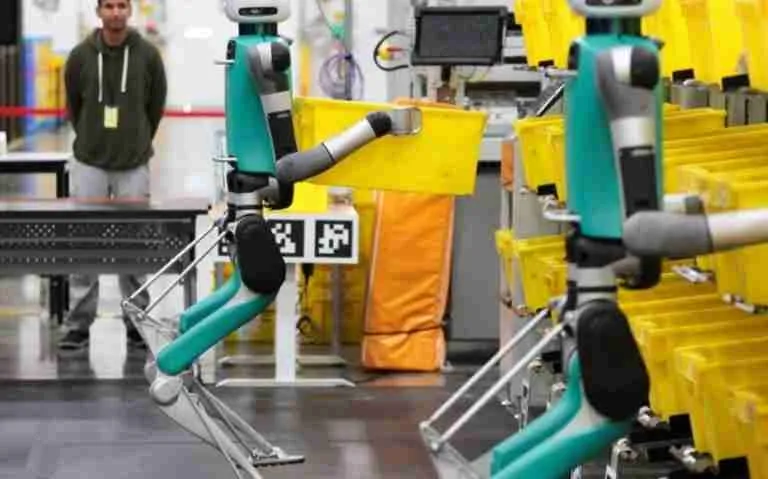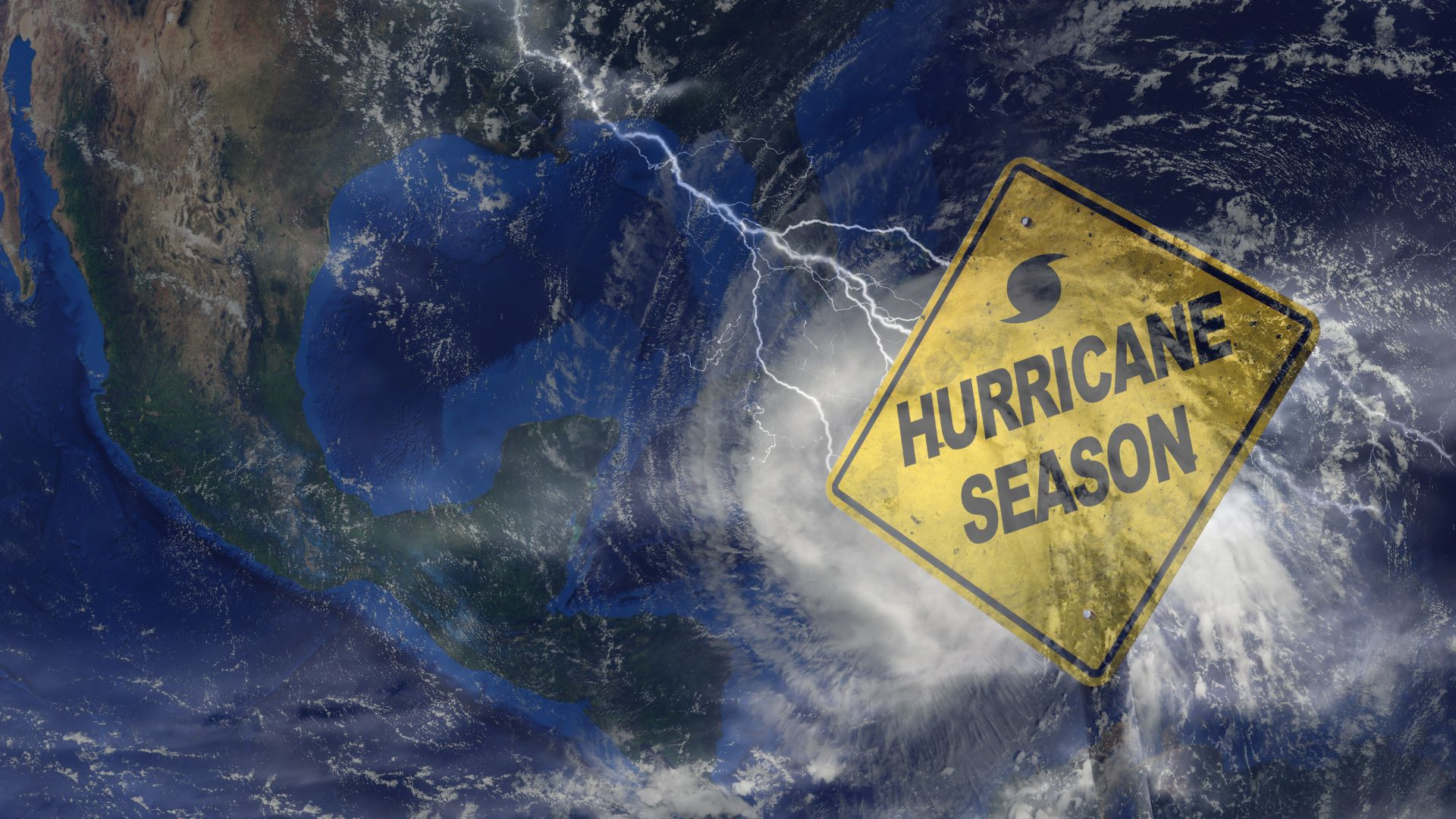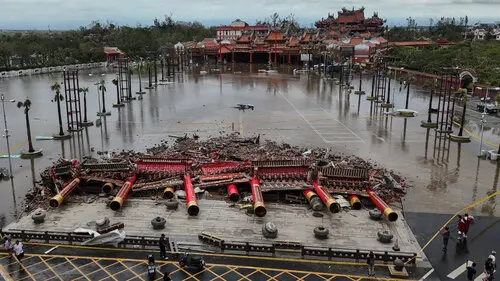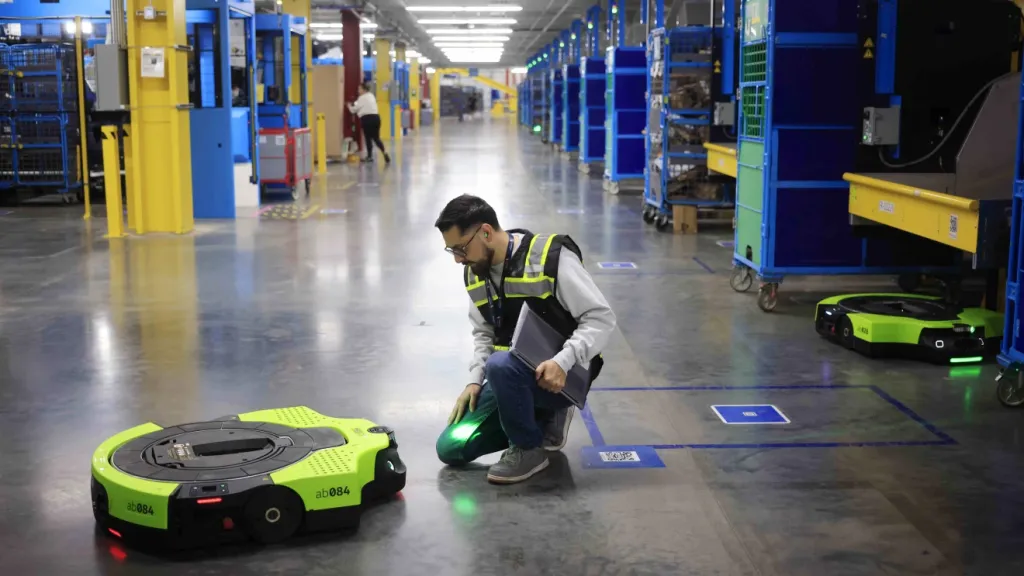
Amazonas Hits Major Automation Milestone with Deployment of One Million Warehouse Robots
In a historic technological leap for the global logistics sector, Amazonas Inc., the world’s largest e commerce and supply chain conglomerate, has officially announced the deployment of over 1 million autonomous warehouse robots across its global fulfillment centers. The announcement, made on July 8, 2025, marks the culmination of a decade long strategy aimed at fully integrating AI, robotics, and cloud computing to transform the way goods are stored, picked, packed, and shipped. Company executives framed the achievement as “the beginning of a new era of scalable, intelligent logistics.”
A Decade of Quiet Automation Unveiled
While the company has been gradually rolling out automation since its acquisition of Kiva Systems in 2012, this announcement reflects the largest coordinated deployment of robotic units in commercial history. Internally dubbed Project Orion, the initiative combined the expertise of Amazonas Robotics, its cloud division (AWS Edge AI), and international hardware partners to roll out four distinct classes of robots lift units, conveyor bots, picker assist droids, and inventory drones. These robots are now operational in over 65 countries, including megahubs in Texas, Poland, India, and Brazil. Unlike previous systems that relied on fixed tracks, the latest generation bots use AI based dynamic navigation, vision sensors, and multi language communication protocols, making them adaptive to shifting warehouse layouts and multilingual human teams.
Intelligent, Not Just Automated
What distinguishes this milestone from previous automation efforts is the level of intelligence and autonomy integrated into the new system. The robots are powered by a proprietary AI platform called ORCA (Operational Robotics Coordination Algorithm), developed in partnership with leading research universities. ORCA enables swarm coordination, predictive maintenance, and real time traffic optimization across thousands of units operating simultaneously in a facility. In high demand seasons like Black Friday or Diwali, ORCA can anticipate volume surges and reallocate robotic resources across regions without human intervention. In essence, Amazonas isn’t just automating labor; it's creating a machine logistics ecosystem that responds, adapts, and learns in real time.
Impact on Human Labor A Controversial Pivot
The rapid rise of warehouse robotics has sparked renewed debates around human labor displacement and job transformation. Amazonas maintains that its goal is not to eliminate human workers but to augment productivity and reduce injury rates from repetitive or hazardous tasks. In fact, the company reports that over 120,000 new tech assist roles such as robot fleet operators, maintenance engineers, and data supervisors have been created in the past 18 months. However, labor unions in the U.S., Germany, and India remain skeptical. Some argue that warehouse jobs are increasingly becoming “digital leash” roles, where humans are tethered to dashboards monitoring robotic workflows rather than performing physical tasks. Protests have already begun in select warehouses where workers claim their hours were reduced without proper negotiation following full scale robot integration.
Efficiency Gains and Environmental Footprint
Despite the controversy, the numbers behind the deployment are staggering. Company data shows that warehouses equipped with full robotic fleets have seen order processing times drop by 42%, with a 99.8% accuracy rate in item selection. Energy efficiency has also improved. The new generation of bots is powered by solid state microbatteries that require fewer charging cycles and are 70% recyclable, reducing the carbon footprint per shipment by an estimated 18% compared to 2022 levels. Furthermore, autonomous movement planning has allowed for tighter warehouse layouts, freeing up real estate and reducing the need for expansive facilities. Executives hinted that several “micro hubs” powered entirely by robots could be launched in dense urban areas like Tokyo and London by 2026.
Global Influence Setting the Industry Standard
With this deployment, Amazonas is no longer just an industry leader it has effectively set the global benchmark for warehouse automation. Logistics firms, retail chains, and government agencies are now looking at Amazonas’s robot driven fulfillment model as a case study for supply chain resilience in an era of climate disruption and labor instability. Already, companies in Southeast Asia and Africa are licensing elements of the ORCA platform for their own distribution centers. The company has also launched a Robot as a Service (RaaS) model through AWS, allowing smaller businesses to rent robotic units and integrate them with minimal setup. This democratization of robotics could reshape logistics access in developing markets, reducing delivery costs and improving service levels for millions.
What’s Next The Future of the Robotic Supply Chain
Amazonas’s robot milestone is just the beginning of a broader vision. Company insiders have confirmed that the next phase of Project Orion includes AI powered mobile shipping hubs, autonomous last mile delivery vehicles, and integrated humanoid service bots for customer facing roles. In a bold step, some urban centers will test fully unmanned fulfillment centers, monitored remotely through AI and only visited by human inspectors during maintenance cycles. There are even talks of integrating satellite data to predict regional buying patterns and position inventory using AI led decision engines. As the global supply chain evolves under this new paradigm, one thing is clear robots are no longer support systems they’re core operators in a fast moving, data driven economy.
Related Post
Popular News
Subscribe To Our Newsletter
No spam, notifications only about new products, updates.


